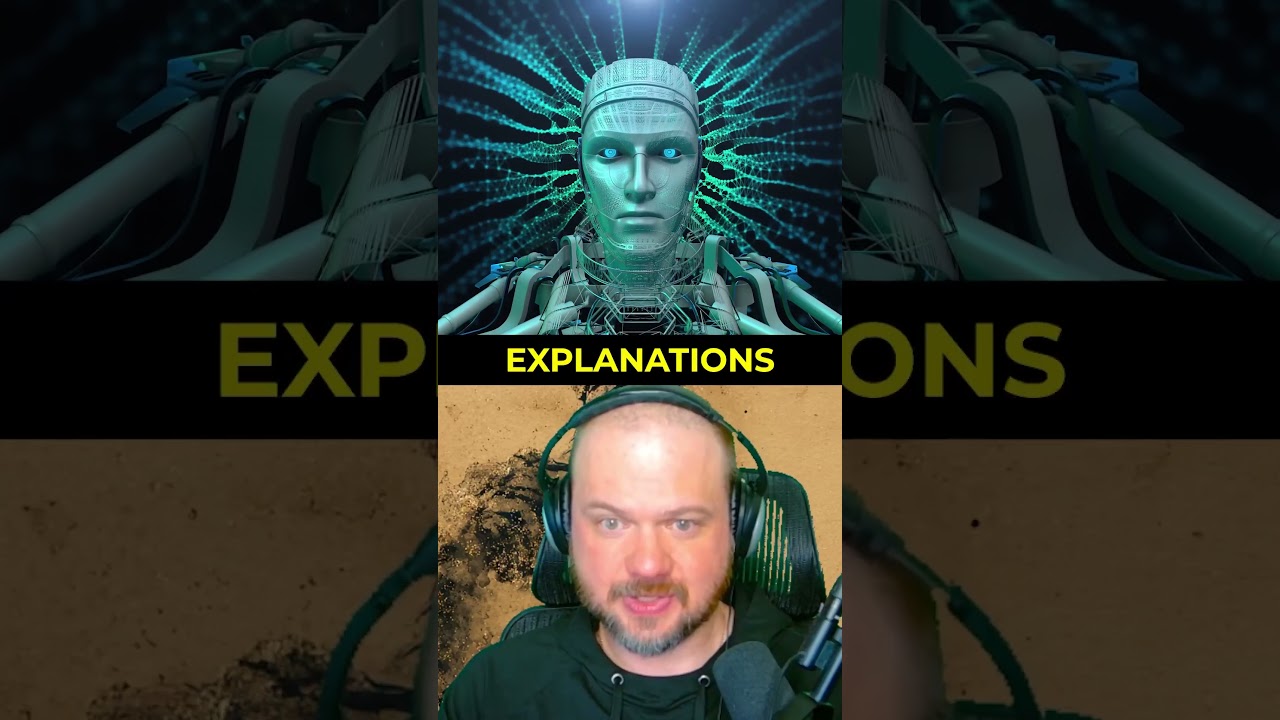Sakana AI’s new open-source project introduces a “reinforcement learned teacher” model that generates explanations to help smaller, resource-efficient AI models better understand complex tasks. This teacher-student system leverages guided explanations to enhance learning in smaller models, similar to how expert human teachers teach difficult concepts.
Sakana AI has returned with a new open-source project that holds significant potential for AI development. The company is known for creating advanced AI systems like the Darwin Goal machine. Their latest initiative introduces a novel approach that could be considered revolutionary in the field of AI training and functionality.
The core idea behind this project is the development of a “reinforcement learned teacher” model. This model is specifically trained to generate explanations that aid other AI models in understanding complex concepts or tasks. By focusing on explanation generation, the teacher model aims to enhance the learning process of smaller, more resource-efficient student models.
This approach leverages the concept of teaching in AI, where a specialized teacher model guides and improves the performance of a student model. The teacher is optimized through reinforcement learning to provide the most effective explanations, thereby helping the student model better grasp the required knowledge or skills.
One of the key advantages of this method is the ability to utilize small, efficient models that can’t solve problems independently. Instead of requiring large, complex models, the teacher-student system allows smaller models to perform well because they benefit from the guidance and explanations generated by the teacher model.
The analogy provided compares these AI teachers to expert human educators, such as math teachers, who excel at explaining concepts and problem-solving approaches. While they may not be able to solve every problem themselves, their strength lies in effectively conveying how to approach and understand complex topics. This highlights the potential of such AI models to improve learning and problem-solving in machine intelligence.
